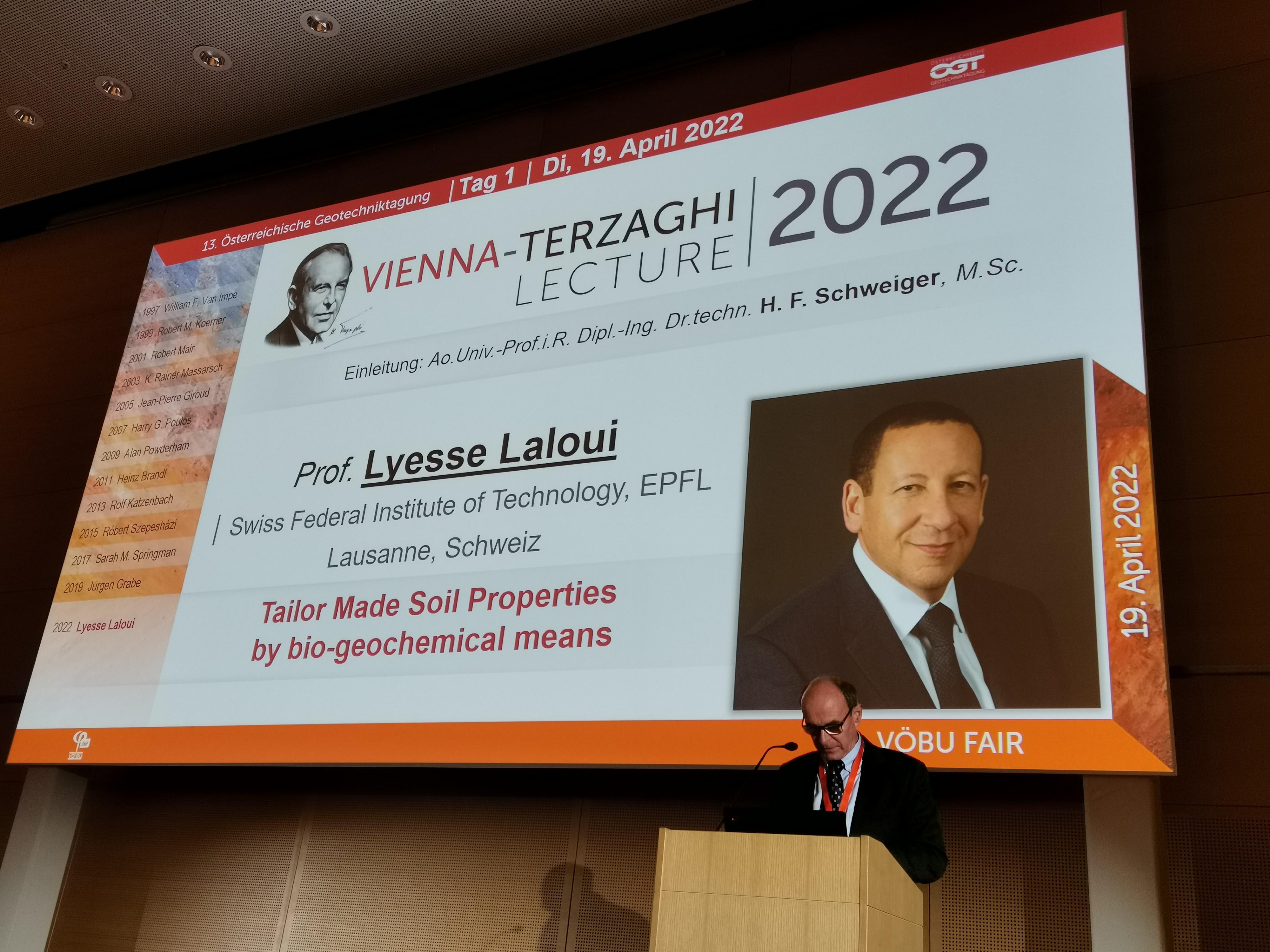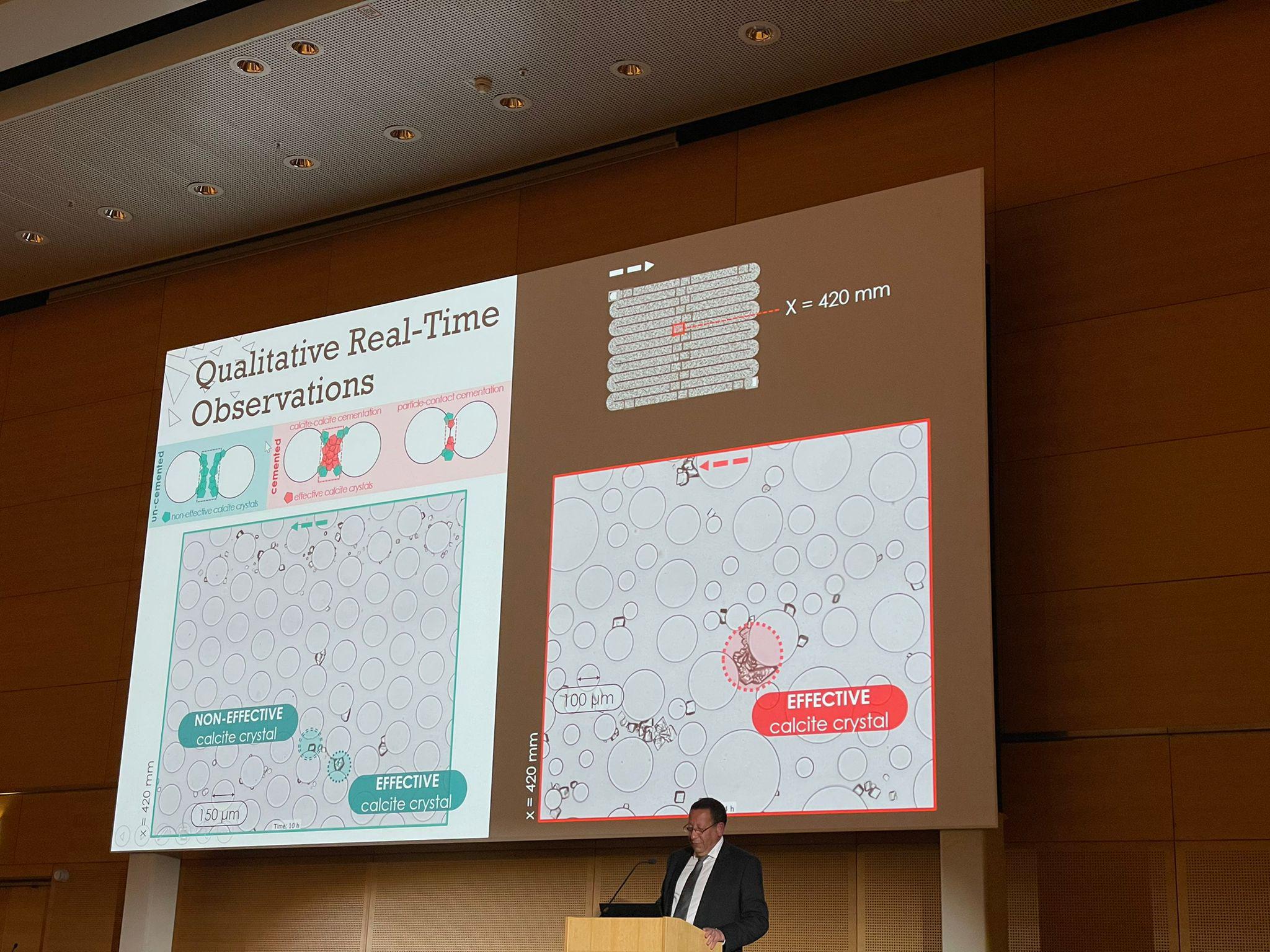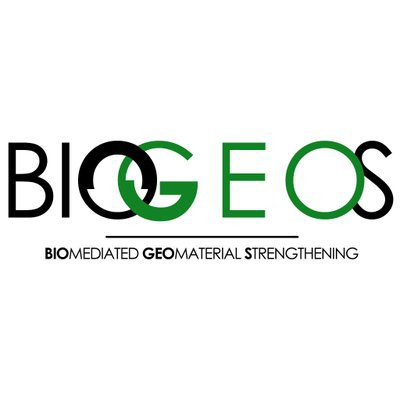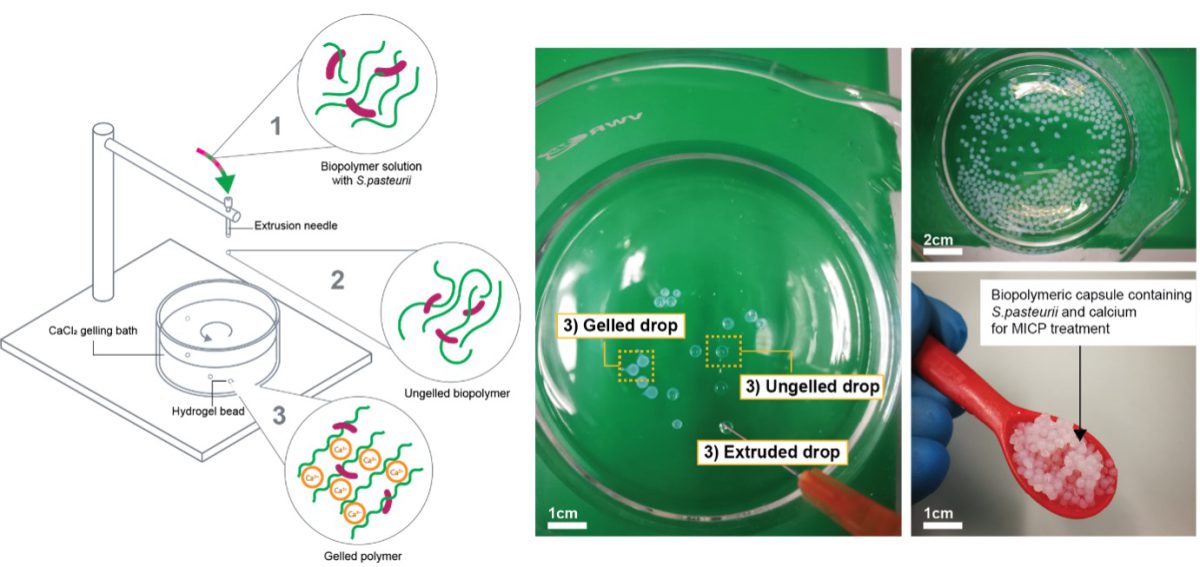
The Vienna Terzaghi Lecture 2022 has been awarded to, and presented by, Professor Lyesse Laloui of EPFL at this year’s Austrian Geotechnical Conference on the 19th of April. Since 1997, the combined lecture and award have been given biennially to internationally renowned geotechnical engineers by the Association of Austrian Drilling, Well Construction and Foundation Engineering Companies (VÖBU), the Austrian Association of Engineers and Architects (ÖIAV), the Austrian National Committee (ASMGE) of the International Society for Soil Mechanics and Geotechnical Engineering (ISSMGE) and the Institute of Geotechnics, Foundation Engineering, Soil and Rock Mechanics at the University of Vienna.
This year’s winner, Professor Laloui, is Chair Professor of Soil Mechanics and the European Vice President-elect of the International Society of Soil Mechanics and Geotechnical Engineering (ISSMGE). His lecture titled, “Tailor-made soil properties by bio-geochemical means” presented his latest research on the multiphysical analysis of bio-cementation processes in nature and their practical engineering applications.
The lecture is named in honor of Karl von Terzaghi, who is considered the founding father of soil mechanics, a field of engineering exploring the mechanics of soils and its application in geotechnical engineering. His radical work on the properties of soils led him to develop unifying concepts on earth pressure and slope stability.

Throughout his distinguished career, Professor Laloui has looked to apply and build upon the fundamentals that Karl Terzaghi developed. Terzaghi observed, “Rainfall-induced pore pressure hike is not the cause of landslides, but a contributing factor. There were many higher hikes in the geological past! The cause is long-term gradual, cumulative chemical weathering which weakens inter-granular bonds which leads to decrease of cohesion”.
These pioneering ideas became the foundational theory behind Laloui’s latest research project BIOGEOS, an ERC-funded exploration of the interaction between water and soils which, rather than decreasing the cohesion as described by Terzaghi, strengthens it through natural bio-cementation.
Author: Brendan Smith
Source: Soil Mechanics Laboratory





